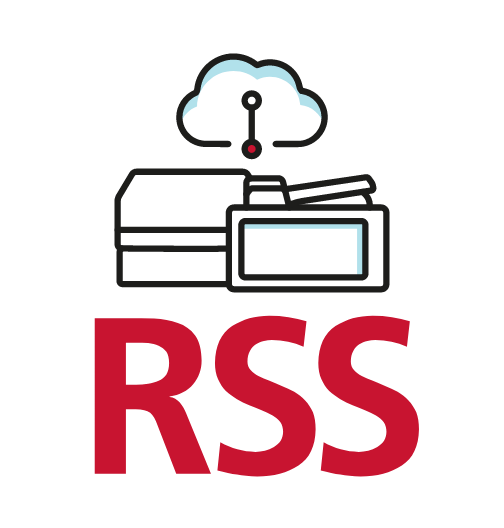
The era of digital education
The best schools of the future will be those that integrate technology into their classrooms and back-office processes. The result will be an environment that enriches the interaction between teachers, technology, and students.
Bernardo Rafael Caraveo Posadas - Manager Development Vertical Market Education
The education challenge is made up of an interesting combination of the natural evolution of new teaching methods and a type of learner with higher expectations: having technology and social engagement as common ground. Educational institutions not only need to properly equip this new generation with modern tools and skills but also have the arduous task of identifying future trends to prepare students for emerging jobs or those that have not even been invented yet.
While the goal of the institution is to provide quality education and enhance its reputation, educational institutions also have their own goals as entities. Faculty members, who are mostly well-trained professionals, may consider industry-specific goals, but the job market, in turn, is the primary consumer of this product and defines the success of the process. The Humans & Machines study, conducted by The Economist Intelligence Unit and sponsored by Ricoh, addresses the impact of technology on creativity and human intuition in organizations in different sectors.
Most managers in the education sector (71%)1 say that technology has helped them to make good decisions. For their part, 72%, the highest percentage among the sectors analyzed, agree that the interaction between humans and technology brings great benefits to the economy.
At the same time, half of those surveyed in the education sector (52%) say that their main challenge is that technology is evolving faster than the internal processes that support it. Eighty-eight percent agree that the interaction between humans and technology only adds value if we are more creative with the processes, we design to connect the two.
Technology - great opportunities for teachers and learners
Leaders in the education sector say the technologies that can most enhance our imagination and intuition are:
Data analytics
Cloud computing and telepresence
By applying data analytics within a digitized application process, schools can obtain personalized information about students. In addition, on-demand production solutions help reduce the cost, volume, and storage space of documents.
The future
Respondents say that the activities where human imagination and intuition are most critical are teaching and the development of new learning materials, indicating that the role of teachers and their impact on the learning experience of students will continue to be essential. The speed of change and the transformation of traditional ways of working should focus on attracting talent and meeting the needs and demands of the next generation of students.
The best schools of the future will be those that integrate technology into their classrooms and back-office processes. The result will be an environment that enriches the interaction between teachers, technology, and students.
Finally, the implementation of technologies in classrooms that encourage new knowledge in the areas of science, technology, engineering, arts, and mathematics (STEAM) will be vital to encourage younger students to develop skills that will be highly useful for their future careers. Students move from "passive consumers" of technology to creators of knowledge and innovation through new collaborative, modern, and personalized environments offered by the Ricoh STEAM Lab.





